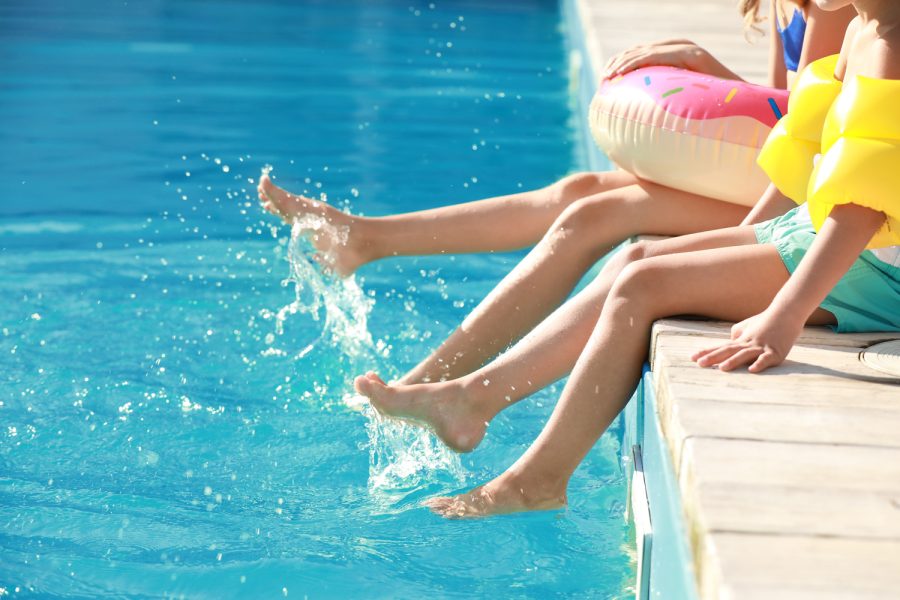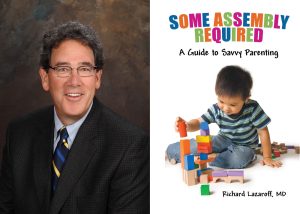What to consider when heading to the pool with children
Published June 15, 2022
Did you know that according to the Centers for Disease Control, drowning is a leading cause of death for children in the United States between the ages of 1 and 4? For children ages 1 to 14, it is the second leading cause of accidental death after motor vehicle crashes.
The Swiss-cheese model of both accident causation and prevention can be applied to swimming in the same manner it has been applied to commercial aviation and medical errors. Each layer has its weaknesses, but if layered one on top of the next, the holes rarely line-up and deaths can be prevented.
Infants are most likely to drown in the tub, a bucket, or a toilet at home. Keeping bathroom doors closed is a must in a household with an infant or toddler.
Statistically, white children are more likely to drown in a home pool whereas African American children are more likely to drown in a public pool setting—like those at a park or hotel.
So, what are the layers and holes that must be addressed?
A common theme for drowning deaths is unsupervised access to a pool. Four-sided isolation fencing, at least 4-feet high, is a necessity. It can be a fatal mistake to assume that three-sided fencing and a locked backdoor to a home will be adequate. A door latch that can be locked and opens away from the pool is another safeguard against someone wandering into the water.
Adult supervision is another component to be considered. Perhaps you simply plan to have a few families gather at your home for a swimming party. Identify which adult(s) will be lifeguard by giving them a whistle and a large hat. They must pass these along to another adult before leaving the poolside for a refreshment or a trip to the bathroom. And while on duty, these adults must consider themselves to be “working.” No cell phone use or other forms of multi-tasking. Watching the pool must be their only job.
Floaties placed on an infant or child’s upper arms gives everyone, including the child, a false sense of security. If a child isn’t skilled in water safety and/or doesn’t know how to swim, or tread water, that child must wear a life vest in the water and still have “touch” supervision – as in be an arm’s length — from an adult. That means you need to get in the pool with your child even if the water is colder than you like. Life vests and jackets are non-negotiable when in a lake or a river and are often the law.

It’s almost never too early to start swimming lessons. Around age 1, children can be taught to roll from their abdomen to their back and float. This learned maneuver can be a lifesaving. Formal swimming lessons should be started as soon as your child seems ready or sooner if they will be exposed to pools almost daily.
When hosting a birthday swim party at your home or public pool, ask parents in advance if their child is water safe. Be very specific when asking how experienced the child is, in and about water. It’s not out of bounds to give a kid or two extra attention until you are certain that their swimming strength has not been overestimated.
Like all parenting efforts, be mindful and intentional. None of us can bear the thought of a child drowning because we overlooked something and allowed those holes in the Swiss cheese to align themselves.
Now, who will be the first one in the pool?
Dr. Richard Lazaroff is a retired pediatrician who practiced in St. Louis County for nearly 40 years. Married for 42 years, he is the father of two and grandfather of four and the author of “Some Assembly Required, A Guide to Savvy Parenting.” His latest book is the novel “Illumination.”















